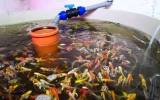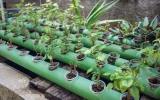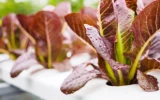Is Aquaponics Profitable? With Detailed Breakdown (2023)
The profitability of aquaponics is unlimited and depends on various factors such as location, market demand, operational costs, and the type of plants and fish being grown. Moreover, there are initial investment costs and ongoing operational expenses that will help determine the potential profits of an aquaponics system. So, how profitable is aquaponics?
To make a profit, a small aquaponics farm needs to produce and sell at least 230 pounds of fish and vegetables per month. A small farm with a capacity of around 1000 liters (264 gallons) could cost anywhere from $1,000 to $5,000 to set up. The ongoing costs of running it could range from $50 to $200 per month.
Aquaponics can be more profitable in areas where fresh produce is expensive, but it is necessary to identify a market that is willing to pay a premium price for your products. This article provides a comprehensive breakdown of the profitability of aquaponics and the factors that influence its success.
Summary
- Aquaponics is an innovative method of food production that's profitable depending on several factors, such as the scale at which you operate, your specific setup, and the types of fish and plants you choose to grow.
- Majority of growers do not consider commercial aquaponics their primary source of income.
- Although commercial aquaponics can yield limited profitability compared to traditional agriculture, significant returns are possible with the right management and scale.
- Aquaponics offers environmental benefits, such as an efficient solution to aquaculture wastewater management and hydroponic nutrient utilization, which could make the practice appealing to eco-conscious consumers.
- Aquaponics holds potential for higher profits if you focus on growing a diverse range of plants and selling them at higher prices.
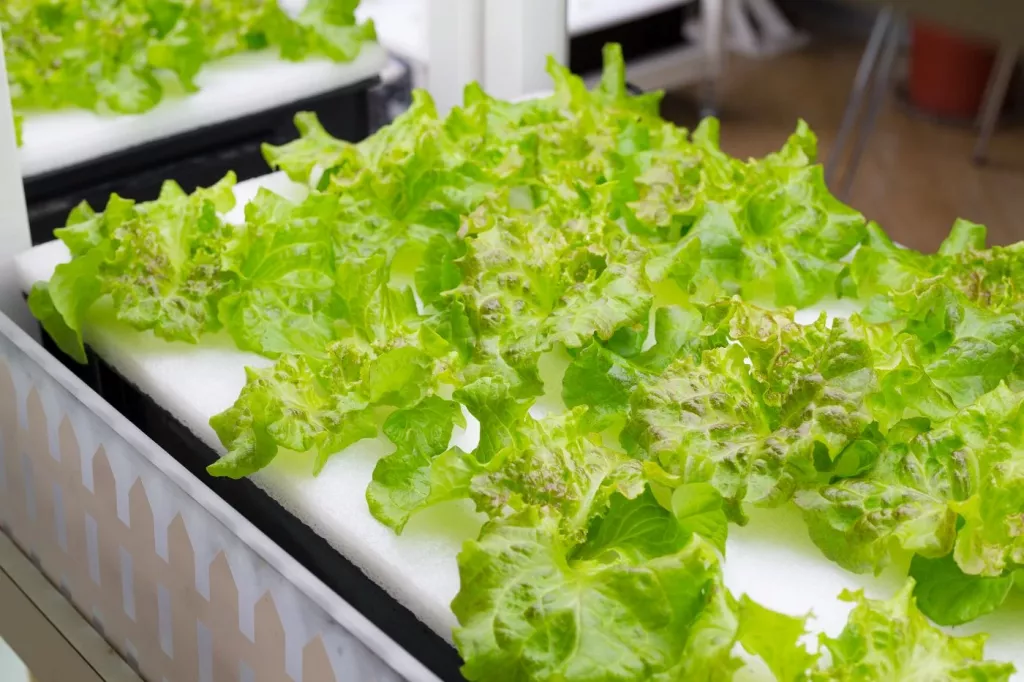
On this page:
Detailed Breakdown Showing Aquaponics is Profitable
Here's a table showing the average market prices of some common crops and fish in an aquaponics business. Please note that these prices can vary depending on the factors stated above.
| Common Crops and Fish You Can Sell in Aquaponics | Small Scale (market price per pound) | Medium Scale (market price per pound) | Large Scale (market price per pound) |
|---|---|---|---|
| Lettuce | $1.50 - $3.00 | $1.00 - $2.50 | $0.75 - $2.00 |
| Kale | $2.00 - $4.00 | $1.50 - $3.50 | $1.00 - $3.00 |
| Spinach | $2.00 - $4.00 | $1.50 - $3.50 | $1.00 - $3.00 |
| Arugula | $3.00 - $5.00 | $2.50 - $4.50 | $1.50 - $4.00 |
| Tilapia | $2.50 - $4.00 | $2.00 - $3.50 | $1.50 - $3.00 |
| Catfish | $2.00 - $4.00 | $1.50 - $3.50 | $1.00 - $3.00 |
| Trout | $4.00 - $6.00 | $3.50 - $5.50 | $3.00 - $5.00 |
| Salmon | $6.00 - $12.00 | $5.50 - $10.00 | $5.00 - $9.00 |
We also gathered separate lists of the most profitable crops and the most profitable fish you can sell from your aquaponics farm. There's also an updated list of the produce prices you can find in the market that can serve as your guide when selling your aquaponics products.
Below is a table of estimated costs for small, medium, and large scale aquaponics systems. Please note that these costs are estimates and can vary depending on the specific location, size, and complexity of the aquaponics system. It's important to do thorough research and consult with experts before starting an aquaponics operation.
| Aquaponics System Costs | Small Scale | Medium Scale | Large Scale |
|---|---|---|---|
| Startup costs | $2,000 - $5,000 | $10,000 - $50,000 | $100,000 - $500,000 |
| Land costs | $0 - $500 (if using existing space) | $5,000 - $20,000 | $50,000 - $200,000 |
| Operating expenses (per month) | $200 - $500 | $1,000 - $5,000 | $10,000 - $50,000 |
| Total production costs (per pound of fish and vegetables) | $0.50 - $1.50 | $0.25 - $1.00 | $0.10 - $0.50 |
Startup costs for an aquaponics system
The initial investment required to set up an aquaponics system may be a deterrent for some, but it's essential to consider the long-term potential and benefits of your investment.
| Aquaponics Startup Costs | Small Scale | Medium Scale | Large Scale |
|---|---|---|---|
| System Setup | $1,000 to $5,000 | $5,000 to $20,000 | $20,000 to $100,000+ |
| Equipment | $500 to $2,000 | $2,000 to $5,000 | $5,000 to $20,000 |
| Initial Stock of Fish and Plants | $500 to $1,000 | $2,000 to $5,000 | $5,000 to $20,000 |
Some key components of these costs include constructing the system, purchasing equipment, and the initial stock of fish and plants. To minimize costs, consider starting small and expanding gradually as you become more experienced and comfortable with the operation.
Operating expenses in an aquaponics setup
Ongoing operating expenses encompass various elements such as electricity, feed, water, and labor.
| Aquaponics Ongoing Costs | Small Scale | Medium Scale | Large Scale |
|---|---|---|---|
| Electricity per month | $50 to $200 | $200 to $500 | $500 to $2,000 |
| Feed per month | $50 to $100 | $100 to $500 | $500 to $1,000 |
| Water per month | $20 to $50 | $50 to $100 | $100 to $500 |
| Labor per week | 5 to 10 hours | 10 to 20 hours | 20 to 40 hours |
For example, aquaponics systems often require more electricity compared to traditional systems. However, you can offset these expenses by finding more efficient ways to manage resources, like using energy-efficient equipment, implementing water-saving techniques, and automating certain tasks to reduce labor costs.
Market potential of an aquaponics business
Study the market demand for your products. Research the market and the competition in your area to determine the best potential for sales. Keep in mind that premium prices in high-end markets may be necessary for aquaponically produced vegetables and fish to be profitable.
Your skill level and experience as a farmer
Growers with more in-depth knowledge of aquaponics systems are more likely to have a profitable business. To grow your skills, consider attending workshops, courses, or receiving mentorship from experienced professionals in the field.
Sample Computation of Profitability in Aquaponics
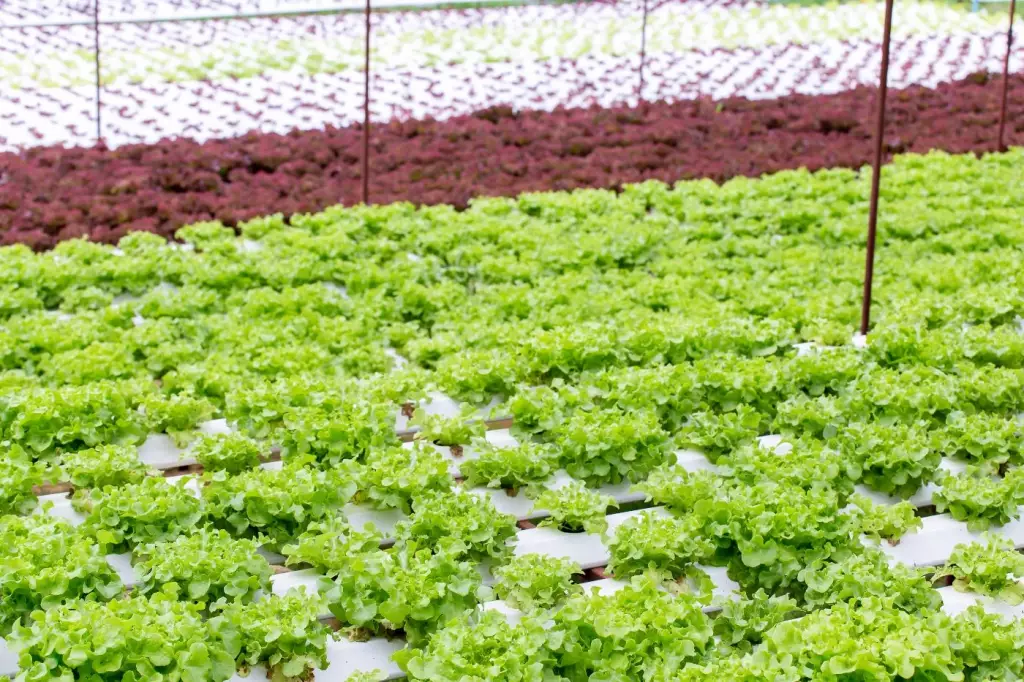
Let's compute the breakeven profit for a small-scale aquaponics system using the cost and market price tables above as an example. Assuming the following costs and prices:
- Operating expenses per month (average): $350
- Production costs per pound of fish and vegetables: $1.50
- Market prices per pound of fish and vegetables: $3.00
To calculate the breakeven point, we need to determine the total revenue needed to cover all costs. We can use the following formula:
Breakeven point = Total costs / (Price per pound - Production cost per pound)
First, let's calculate the total costs per month:
Total costs = Operating expenses per month (average) = $350
Next, let's calculate the breakeven point per pound of fish and vegetables:
Breakeven point = $350 / ($3.00 - $1.50)
Breakeven point = $350 / $1.50 = 233.33 pounds
This means that in order to break even, the aquaponics system needs to produce and sell at least 233.33 pounds of fish and vegetables per month.
Please note that this is just an example and the breakeven point can vary depending on the specific costs and prices of each aquaponics system. It's important to do a thorough analysis and consider all factors before starting an aquaponics business.
Profit margins can vary depending on the scale of the system and the types of crops you choose to grow. In the following sections, we will discuss examples of profit margins in both small-scale and commercial systems.
Small-scale systems can help you save money
For those who are starting small, such as home-based or backyard aquaponics systems, profitability may not be their primary goal. However, it's still important to understand the potential returns on your investment.
Although small-scale aquaponics systems may not generate substantial income, they can certainly offset some of the costs associated with buying fresh produce and fish. Additionally, by growing your own food, you can save money and reduce your dependency on the supermarket.
When considering the costs versus the potential benefits, it's helpful to look at some numbers. According to Oklahoma State University, the production costs for aquaponically grown lettuce, tomatoes, and basil were 30% to 83% lower than market prices. Observing such figures can help you determine if a small-scale system might be a worthwhile investment for you.
Commercial systems yield higher returns
If you're aiming to establish a commercial aquaponics business, profitability becomes an essential factor. Here, larger scale setups can yield higher revenue. For instance, an acre of an aquaponics farm can generate up to $2 million in sales per year if optimized for high space utilization efficiency. However, startup costs, excluding land, can amount to $450,000 or more.
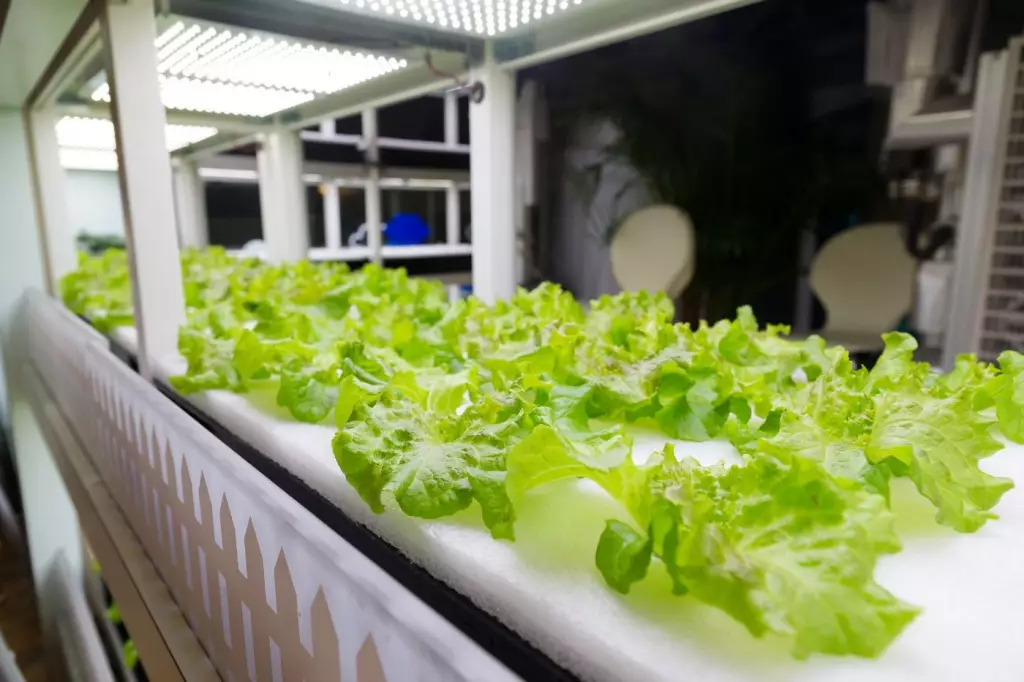
Several factors can contribute to a profitable commercial aquaponics venture, including:
- Choosing crops with high demand and solid profit margins, such as leafy greens, herbs, or specialty produce.
- Optimizing your system for efficient space and resource use to maximize production.
- Offering additional services or products related to aquaponics, such as courses, consulting, or equipment.
- Investing in education and building expertise in the field to enhance your aquaponics knowledge and improve your business operations.
Individual profit margins can vary depending on your business model, location, and operating costs. Therefore, it's vital to assess your situation and conduct thorough research before investing in a commercial aquaponics system.
Maximizing the Profit of Your Aquaponics Farm
To make your aquaponics system more profitable, focus on the right crop selection, improve system efficiency, and develop effective marketing strategies.
Crop selection for aquaponics
Focus on high-value crops that can be grown year-round and have a higher market demand. Some examples of profitable crops for aquaponics include:
- Leafy greens, such as lettuce and kale
- Herbs, such as basil and mint
- Tomatoes and peppers
Additionally, consider the fish species you plan to raise. Some popular fish options for aquaponics include tilapia, catfish, and trout. Make sure to select fish species that can thrive in your system's specific conditions and have a favorable market value.
Increase your aquaponics system efficiency
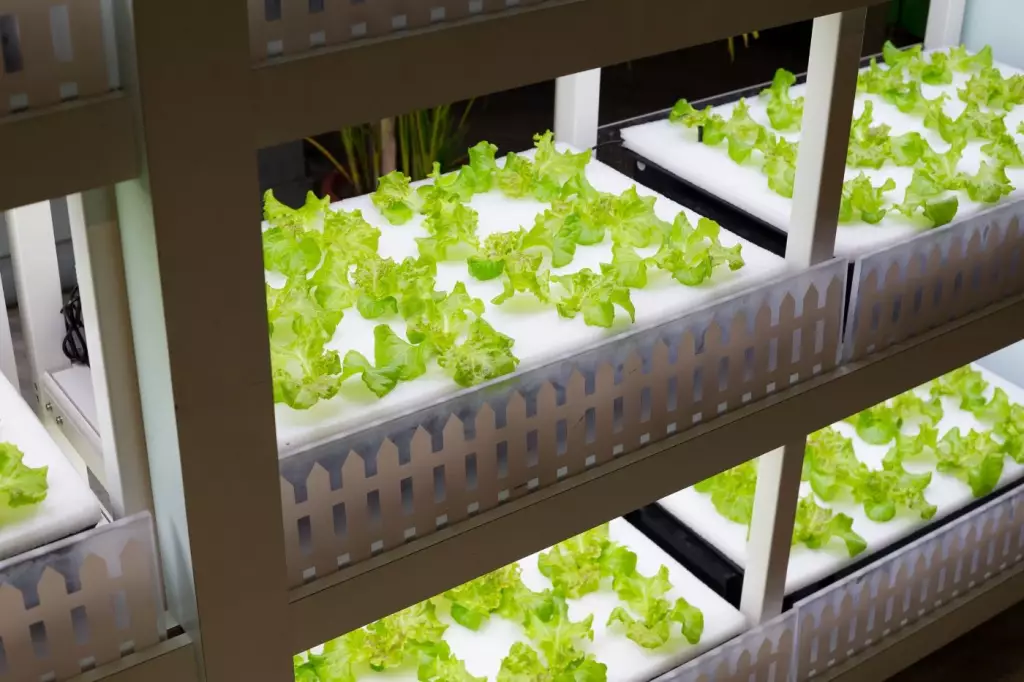
Here are some tips to achieve higher efficiency:
- Optimize the water quality to ensure optimal plant and fish growth.
- Use energy-efficient pumps and lighting systems to reduce utility costs.
- Monitor and regularly maintain the system to prevent diseases, pests, and equipment malfunctions.
- Optimize the stocking density of fish and the spatial distribution of plants to maximize yield.
Marketing strategies that are effective
Effectively marketing your aquaponics products is a key factor in generating higher profits. Here are some marketing strategies to consider:
- Offer a unique selling proposition (USP) by emphasizing the sustainability and quality of your aquaponics produce.
- Develop strong relationships with local restaurants, grocery stores, and farmers markets, who may be interested in purchasing your products.
- Build your brand and create a compelling story around your aquaponics operation to connect with your target customers.
- Utilize social media, online advertising, and other digital marketing channels to promote your products and reach a wider audience.
Challenges to the Profitability of Aquaponics
In this section, we will discuss three main challenges: pest management, disease control, and system maintenance.
Pest management for health and productivity
Pests can cause damage to both your plants and fish, potentially impacting your profits. To minimize the risk of pest infestations, consider the following strategies:
- Regularly inspect your system for signs of pests and promptly address any issues.
- Use natural pest control methods, such as introducing beneficial insects or employing companion planting.
- Keep a clean and well-organized growing area to minimize pest hiding spots and prevent easy access to your plants and fish.
Disease control to protect both plant and fish health
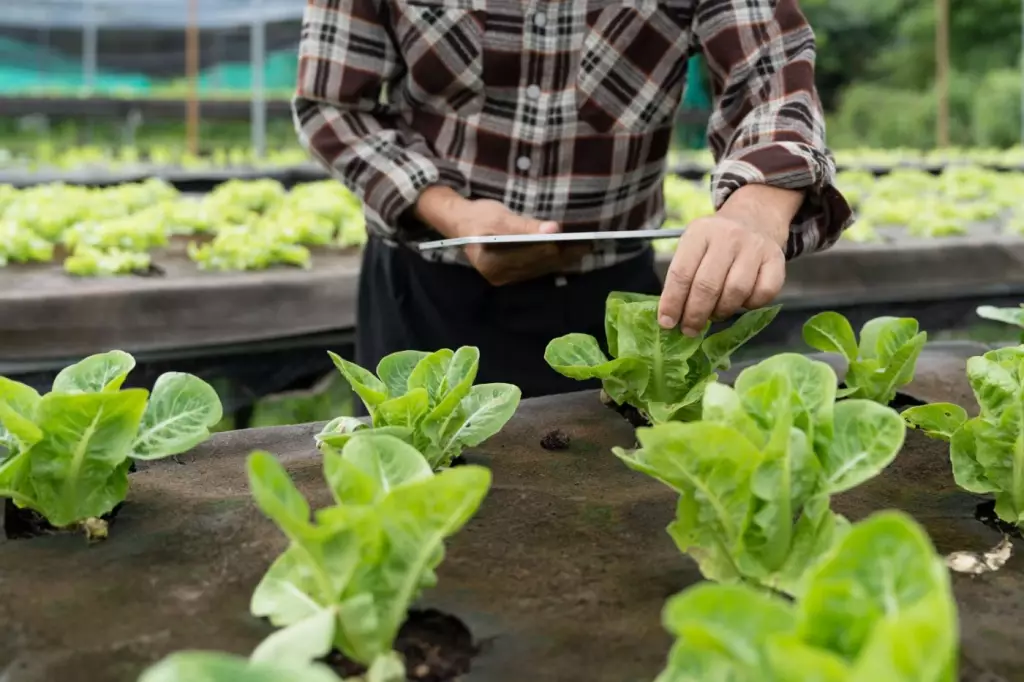
Disease can pose a significant challenge to the profitability of aquaponics systems, affecting both plant and fish health. To prevent the spread of disease, keep the following tips in mind:
- Maintain proper water quality by regularly monitoring and adjusting pH levels, temperature, and nutrient concentrations.
- Quarantine new plants and fish before introducing them to your system to avoid introducing disease.
- Remove unhealthy or dead plants and fish promptly to minimize the risk of disease spreading to other plants and fish.
System maintenance for smooth setup
Regular system maintenance is essential to ensuring the smooth operation of your aquaponics system. Consider incorporating these practices into your routine:
- Regularly check and clean filters, pumps, and equipment to maintain peak efficiency and prevent system failures.
- Monitor system performance and make adjustments as needed to improve growing conditions and optimize yields.
- Establish a schedule for regular water testing and adjust nutrient levels as needed to maintain a healthy environment for your plants and fish.
